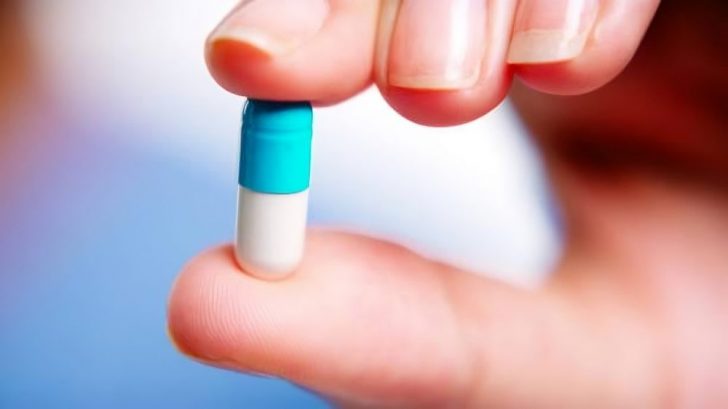The exercise pill is making waves in health science. Imagine getting the benefits of a workout without actually sweating it out. Recently, researchers in Denmark developed a pill, LaKe, that claims to mimic the metabolic state of running 10km at high speed on an empty stomach.
But can a pill really replace the countless benefits of exercise?
What Is the Exercise Pill, LaKe?
At its core, the exercise pill, known as LaKe, is a form of a drug called a “mimetic.” This term refers to substances designed to imitate the biological effects of exercise without actual physical effort. Researchers at Aarhus University in Denmark created LaKe to activate the body’s natural exercise-related processes, delivering similar benefits without the need to lace up your sneakers.

However, this is not the first time scientists have tried to create an exercise-mimicking pill. Back in 2008, researchers at the Salk Institute in San Diego introduced a drug called GW501516, which signaled genes to burn fat instead of sugar.
A Brief History of Exercise Mimetics
The exercise pill is not a brand-new concept. For years, scientists have been working on drugs that mimic physical exercise. GW501516, mentioned earlier, became famous for helping mice burn fat and improve endurance. A dose of 516 allowed test mice to run longer and stay leaner. However, 516 had a dark side. It promoted rapid cancer cell growth in animal studies, so it was banned as a doping agent.
Since then, other compounds have emerged with similar goals. Compound 14, introduced in 2015, helped obese mice lose weight, lower blood sugar, and improve glucose tolerance. Then came Lac-Phe, a substance produced in the body during resistance training, and SLU-PP-332, which boosted metabolism and endurance, allowing mice to run 50% further.
Sure! Each of these drugs had specific benefits. But the exercise pill LaKe seems to go further by combining effects into a single compound.
How Does LaKe Work?
The way LaKe works is fascinating. When you take it, your body reacts as though you have just completed high-intensity exercise. Initially, there is a surge of lactate, a compound that rises after vigorous exercise, followed by a more gradual increase in beta-hydroxybutyrate (BHB). BHB is a ketone produced when your liver breaks down fats, often associated with fasting states.

This is where the comparison to “running on an empty stomach” comes from. The body starts using fat instead of glucose for energy. It mimics the metabolic response to strenuous exercise.
These changes offer real benefits. The increase in lactate and BHB reduces free fatty acids in the bloodstream and decreases appetite. These effects, observed in animal studies, mimic the metabolic benefits of fasted exercise, which can help reduce the risk of cardiovascular disease, stroke, and type 2 diabetes over time.
While promising, these results have primarily been observed in rat studies. So, further research is needed to confirm whether LaKe’s effects are the same in humans.
What Makes LaKe Different Then?
LaKe’s unique combination of effects on lactate and BHB could make it the most versatile exercise mimetic yet. By triggering a metabolic state similar to what happens during high-intensity exercise, LaKe provides benefits without requiring physical activity.
The initial lactate surge mimics the body’s response to strenuous exercise. And the slow BHB release helps the body switch to fat-burning mode. This dual action could potentially offer long-lasting health benefits, including better weight management and reduced appetite.
However, the most exciting part is that LaKe has not shown signs of toxicity in animal studies, unlike early exercise mimetics like GW501516. While it is still in the early stages, LaKe might offer a safer option for those unable to exercise due to health limitations.




